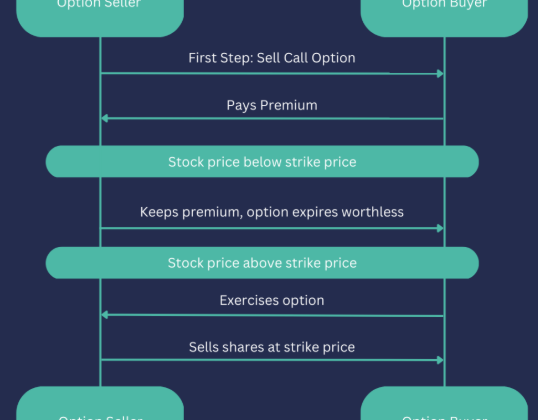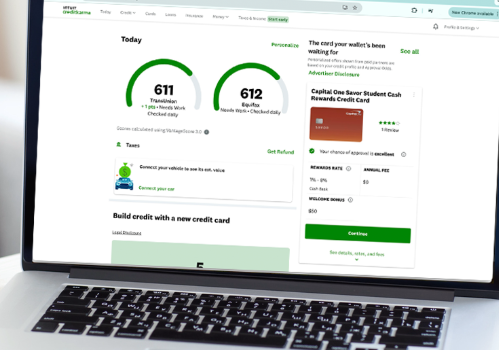
Sage Intacct has emerged as a leading cloud-based finance software solution, particularly suited for scaleups and growing organizations. Known for its robust features, user-friendly interface, and ability to streamline complex financial processes, Sage Intacct offers businesses the tools they need to enhance financial management and scale operations effectively.
In this blog, we’ll dive into what makes Sage Intacct stand out, explore its evolution, key functionalities, and industry-specific applications, and discuss its strengths and potential limitations. Whether you’re a CFO, financial manager, or business owner, understanding the capabilities of Sage Intacct will help you make informed decisions to support your organization’s growth.
What is Sage Intacct?
Sage Intacct is a comprehensive cloud-based finance solution designed to help businesses automate and streamline their accounting and financial operations. With a suite of tools that include general ledger management, cash flow monitoring, and real-time financial reporting, Sage Intacct helps businesses manage their finances with greater accuracy and efficiency.
By leveraging the power of cloud technology, Sage Intacct ensures that financial data is accessible anytime, anywhere, while maintaining robust security measures to protect sensitive business information. The platform’s flexible, scalable architecture is perfect for businesses that need both ease of use and sophisticated financial capabilities as they grow.
Key Features of Sage Intacct
Sage Intacct offers a wide range of features tailored to help businesses manage their finances and operations more effectively. These core functionalities include:
- General Ledger Management: Sage Intacct’s general ledger system allows businesses to track financial transactions accurately, maintain records, and generate reports.
- Financial Automation: Automation tools within Sage Intacct help eliminate manual processes, such as data entry and invoicing, reducing human error and saving time.
- Cash Management: With its cash flow management tools, Sage Intacct enables businesses to monitor and forecast their cash positions, helping them optimize working capital.
- Financial Analytics: The platform’s advanced reporting and analytics capabilities provide businesses with real-time insights into their financial health, enabling better decision-making.
- Cloud-Based Accessibility: Being cloud-based, Sage Intacct allows users to access financial data remotely, ensuring flexibility for businesses operating in multiple locations.
The Evolution of Sage Intacct
Over the years, Sage Intacct has evolved into a robust financial management platform. Initially designed as an accounting tool, it has expanded to offer advanced features like artificial intelligence and machine learning for more insightful data analysis. These innovations help businesses stay ahead by identifying trends, forecasting outcomes, and making data-driven financial decisions.
The integration of automation into financial processes has significantly reduced the need for manual entry and minimized the risk of errors, enhancing the efficiency and scalability of businesses. Sage Intacct has also improved its user interface to make it more intuitive and accessible for both novice and experienced users.
Advantages of Sage Intacct for Growing Businesses
As organizations scale, their financial needs often become more complex. Sage Intacct is designed to meet these evolving demands by offering several advantages:
- Comprehensive Financial Tools: Sage Intacct provides a full suite of financial management tools, from budgeting and forecasting to multi-currency support and tax management.
- Seamless Integrations: The platform integrates easily with a variety of other business systems, including CRM software like Salesforce and project management tools. This ensures a unified approach to managing all aspects of business operations.
- Advanced Reporting and Insights: Sage Intacct’s powerful reporting tools allow businesses to generate detailed financial reports and gain deeper insights into their financial health. Real-time visibility enables better decision-making.
- Scalability and Flexibility: As your business grows, Sage Intacct can scale with you. Whether you need to handle more transactions, manage multi-entity operations, or expand internationally, Sage Intacct offers the flexibility to meet your changing needs.
Unique Features That Set Sage Intacct Apart
Sage Intacct stands out in the crowded field of cloud accounting software due to its unique features:
- Customizable Dashboards: The platform allows users to create dashboards that highlight key financial metrics. These dashboards provide a quick, at-a-glance view of important data, allowing businesses to make informed decisions quickly.
- AI-Driven Insights: Sage Intacct leverages artificial intelligence to analyze historical financial data, predict trends, and offer actionable insights, helping businesses plan for the future more effectively.
- Industry-Specific Solutions: Sage Intacct offers tailored solutions for various industries, including professional services, healthcare, and financial services. These specialized features make it easier for businesses to comply with industry regulations and manage their finances efficiently.
- Automation: Sage Intacct’s automation capabilities simplify many financial tasks, such as invoicing, accounts payable and receivable, and financial reporting. This reduces the workload for finance teams and minimizes the risk of errors.
How Sage Intacct Can Boost Your Business Operations
Sage Intacct can play a pivotal role in improving business operations in several key ways:
- Increased Profitability: By offering real-time insights into financial performance, Sage Intacct helps businesses identify opportunities to optimize profits, control costs, and drive growth.
- Streamlined Workflows: The automation of financial processes reduces the burden of manual tasks, speeds up operations, and improves accuracy, allowing finance teams to focus on strategic tasks.
- Better Financial Planning: With powerful analytics and forecasting tools, Sage Intacct helps businesses make more accurate financial forecasts, enabling smarter decision-making.
- Enhanced ROI: Sage Intacct’s ability to automate tasks and provide deep insights into financial performance ultimately boosts the return on investment (ROI) for businesses.
Sage Intacct for Different Industries
Sage Intacct’s flexibility and scalability make it a perfect fit for various industries. Let’s look at some examples of how Sage Intacct can support businesses in different sectors:
- Professional Services: Sage Intacct helps professional services firms manage project accounting, track time and expenses, and recognize revenue efficiently, ensuring accurate billing and profitability analysis.
- Healthcare: Healthcare organizations benefit from Sage Intacct’s automation capabilities to streamline revenue cycle management, manage expenses, and comply with healthcare regulations.
- Financial Services: Sage Intacct’s multi-entity and investment accounting functionalities are ideal for financial services companies, helping them manage complex financial operations and adhere to industry regulations.
The Learning Curve and Getting Started with Sage Intacct
Although Sage Intacct is designed to be user-friendly, there may be a learning curve, particularly for businesses new to cloud-based finance software. Sage offers comprehensive training resources and support to help users navigate the platform’s functionalities.
For businesses looking to maximize their use of Sage Intacct, the software offers certification programs that provide users with a deeper understanding of its advanced features and best practices.
Conclusion
Sage Intacct is a powerful cloud-based financial solution that helps growing businesses streamline their financial operations, improve profitability, and achieve scalability. Its robust features, automation capabilities, and real-time insights make it an ideal tool for businesses looking to optimize their financial management. With its customizable modules and industry-specific functionalities, Sage Intacct can be tailored to meet the needs of any business, no matter the sector. Whether you are a growing startup or an established enterprise, Sage Intacct provides the flexibility and scalability needed to manage your financial operations effectively.
















